The Boston Wounded Vet Run proudly announced the second honoree for the 6th Annual Boston Wounded Vet Ride: SSG James Clark of Hinsdale, NH!
James lost his leg and part of a foot in an 2009 Afghanistan deployment.
In 2016 we ride for him!


The Boston Wounded Vet Run proudly announced the second honoree for the 6th Annual Boston Wounded Vet Ride: SSG James Clark of Hinsdale, NH!
James lost his leg and part of a foot in an 2009 Afghanistan deployment.
In 2016 we ride for him!

The promise of handfuls of candy and elaborate decorations makes Halloween a pretty important date in any child’s calendar. This year, make your holiday memories even more special by following these tips!


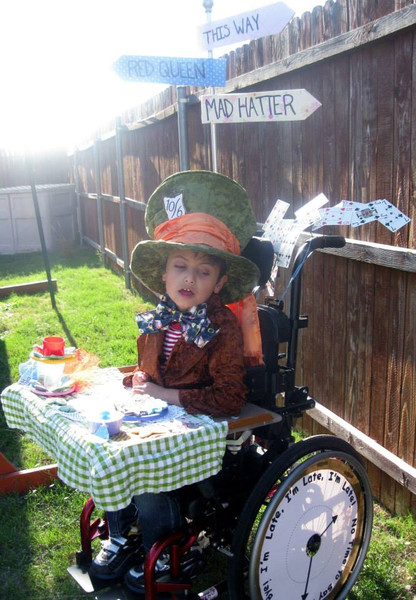


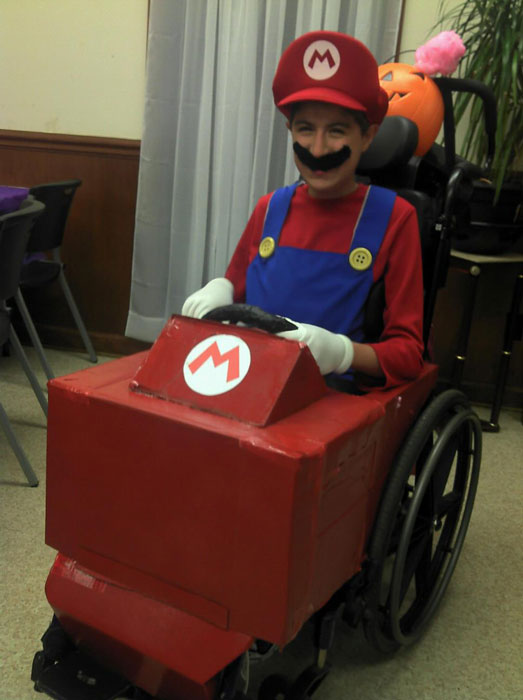







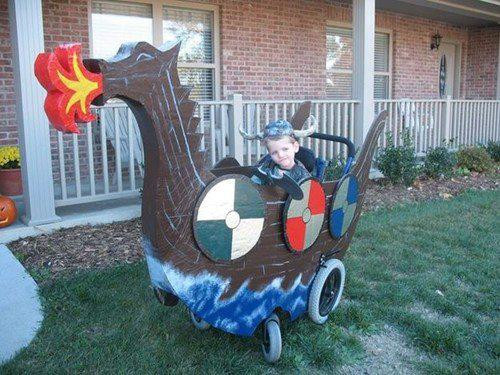
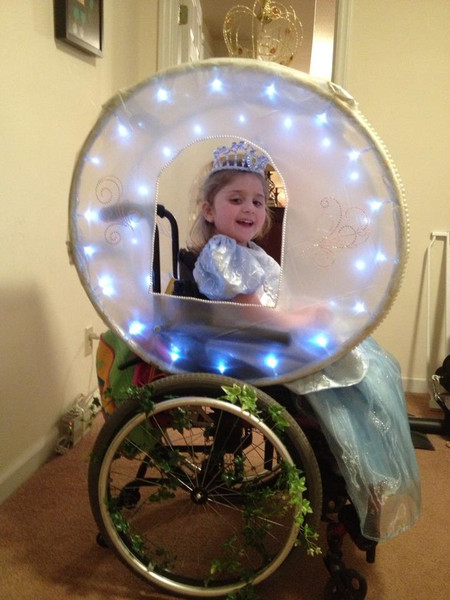


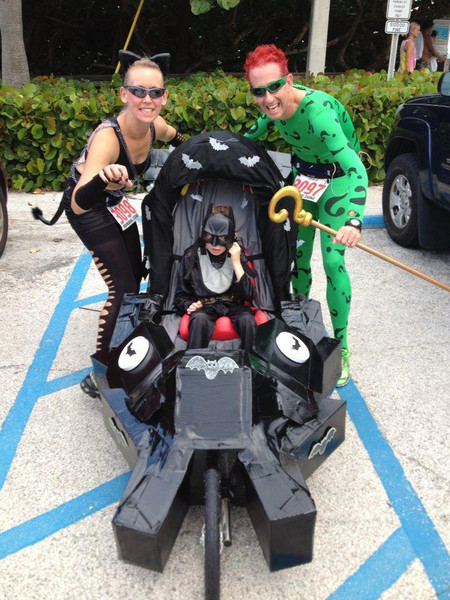
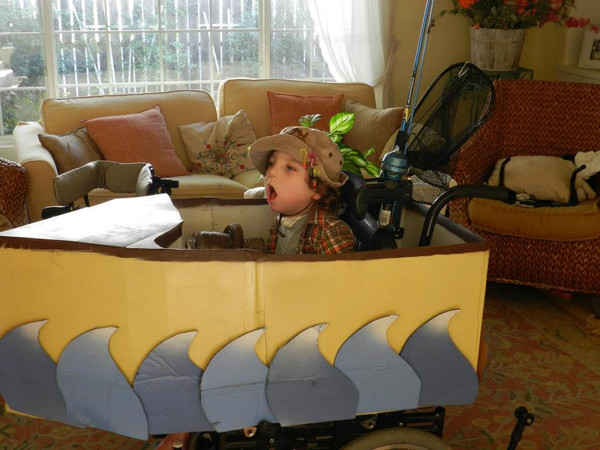



Check out the Facebook Page
A wheelchair van can provide a little freedom for a person with a disAbility or someone caring for a loved one with mobility limitations. It’s hard to put a price on the freedom these vehicles can provide, however the fact remains that vans, conversions and specialized equipment all come with some costs. Fortunately, there are a number of ways that make these vehicles more affordable and get you one step closer to driving independence.
Search for Used Vans
Finding a used wheelchair accessible van in good condition might sound like a dream, but it is far from impossible. With a little research and some patience, you might be able to find a vehicle that works for your needs, at a discounted price. Many mobility dealerships take used vans as trade-ins for resale and some manufacturers will even install brand new wheelchair conversions in the pre-owned vehicles. Certain dealerships also sell rental vans that have been retired after a year of use. While a used van can be a great deal, it’s important to still consult with a qualified mobility equipment dealer, as these vehicles might not have the exact equipment to fit your needs.
Update Your Current Van
If your vehicle is still in relatively good condition but needs a few adjustments to make it more accessible for you and your loved ones, an update could be an affordable alternative to purchasing a new van. Talk to your local mobility dealer about updating your adaptive equipment and you could be on your way to saving a few thousand dollars!
Contact Local Organizations
If you need extra help funding a new handicap vehicle, a local chapter or organization working to help those with your particular disabilities might be able to help. While these groups might not be able to provide a large amount of money to fund your vehicle purchase, they might be able to provide you with helpful community resources or at least help coordinate fundraising activities.
People everywhere are experiencing the transformative effect physical therapy can have on their daily lives. In fact, as experts in the way the body moves, physical therapists help people of all ages and abilities reduce pain, improve or restore mobility, and stay active and fit throughout life. But there are some common misconceptions that often discourage people from visiting a physical therapist.
It’s time to debunk 7 common myths about physical therapy:
Myth: I need a referral to see a physical therapist.
Fact: A recent survey by the American Physical Therapy Association (APTA) revealed 70% of people think a referral or prescription is required for evaluation by a physical therapist. However, all 50 states and the District of Columbia (DC) allow patients to be evaluated by a physical therapist without a physician’s prior referral. In addition, 48 states and DC allow for some form of treatment or intervention without a physician referral or prescription (Oklahoma and Michigan being the exception). Beginning November 1, 2014, patients in Oklahoma will be able to seek treatment from a physical therapist without a physician referral. On January 1, 2015, patients in Michigan will be able to do so, as well. Some states have restrictions about the treatment a physical therapists can provide without a physician referral. Check out APTA’s direct access summary chart to see the restrctions in your state.
Myth: Physical therapy is painful.
Fact: Physical therapists seek to minimize your pain and discomfort—including chronic or long-term pain. They work within your pain threshold to help you heal, and restore movement and function. The survey found that although 71% of people who have never visited a physical therapist think physical therapy is painful, that number significantly decreases among patients who have seen a physical therapist in the past year.
Myth: Physical therapy is only for injuries and accidents.
Fact: Physical therapists do a lot more than just stretch or strengthen weak muscles after an injury or surgery. They are skilled at evaluating and diagnosing potential problems before they lead to more serious injuries or disabling conditions—from carpal tunnel syndrome and frozen shoulder, to chronic headaches and lower back pain, to name a few.
Myth: Any health care professional can perform physical therapy.
Fact: Although 42% of consumers know that physical therapy can only be performed by a licensed physical therapist, 37% still believe other health care professionals can also administer physical therapy. Many physical therapists also pursue board certification in specific areas such as neurology, orthopedics, sports, or women’s health.
Myth: Physical therapy isn’t covered by insurance.
Fact: Most insurance policies cover some form of physical therapy. Beyond insurance coverage, physical therapy has proven to reduce costs by helping people avoid unnecessary imaging scans, surgery, or prescription drugs. Physical therapy can also lower costs by helping patients avoid falls or by addressing conditions before they become chronic.
Myth: Surgery is my only option.
Fact: In many cases, physical therapy has been shown to be as effective as surgery in treating a wide range of conditions—from rotator cuff tears and degenerative disk disease, to meniscal tears and some forms of knee osteoarthritis. Those who have recently seen a physical therapist know this to be true, with 79% believing physical therapy can provide an alternative to surgery.
Myth: I can do physical therapy myself.
Fact: Your participation is key to a successful treatment plan, but every patient still needs the expert care and guidance of a licensed physical therapist. Your therapist will leverage his or her specialized education, clinical expertise, and the latest available evidence to evaluate your needs and make a diagnosis before creating an individualized plan of care.